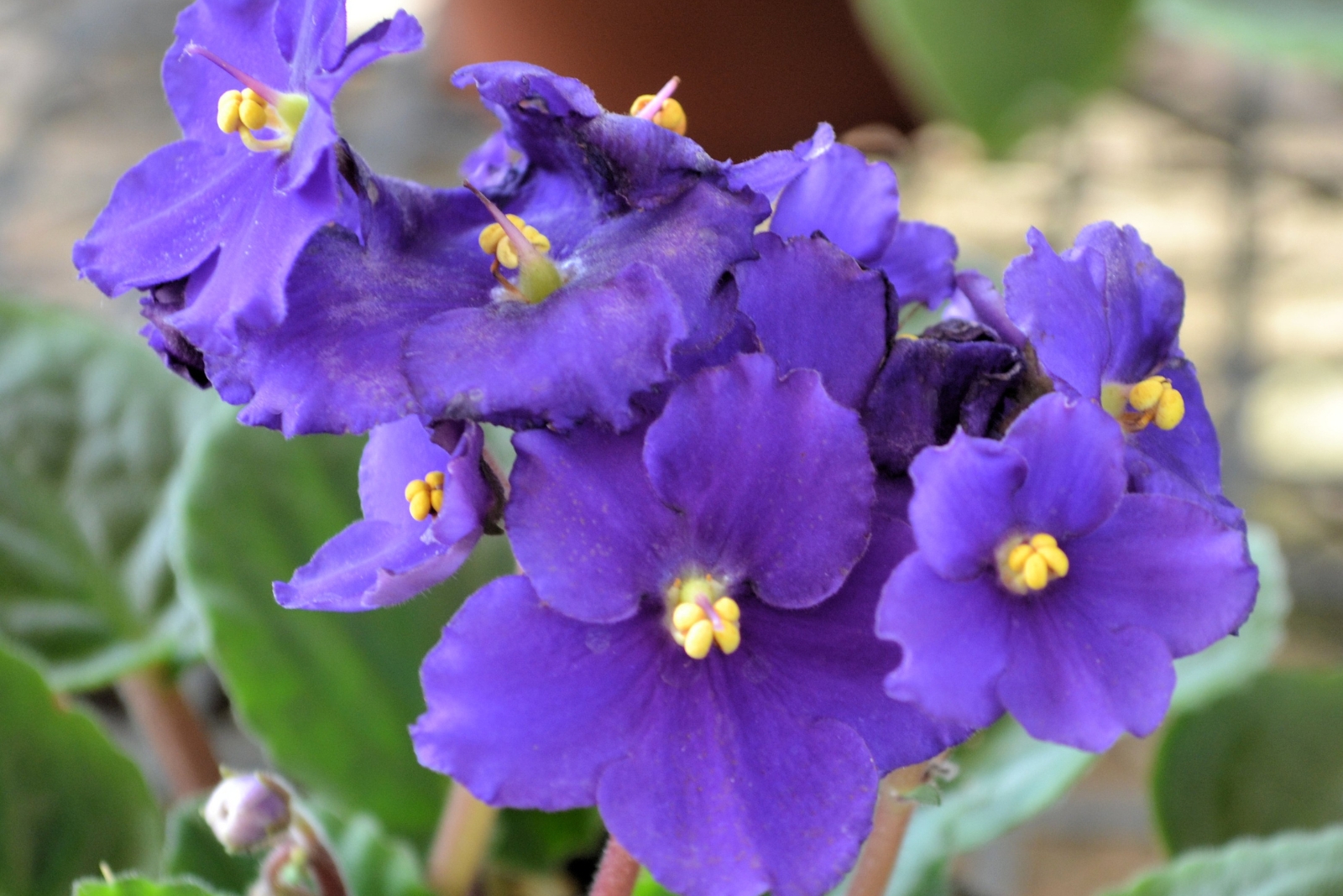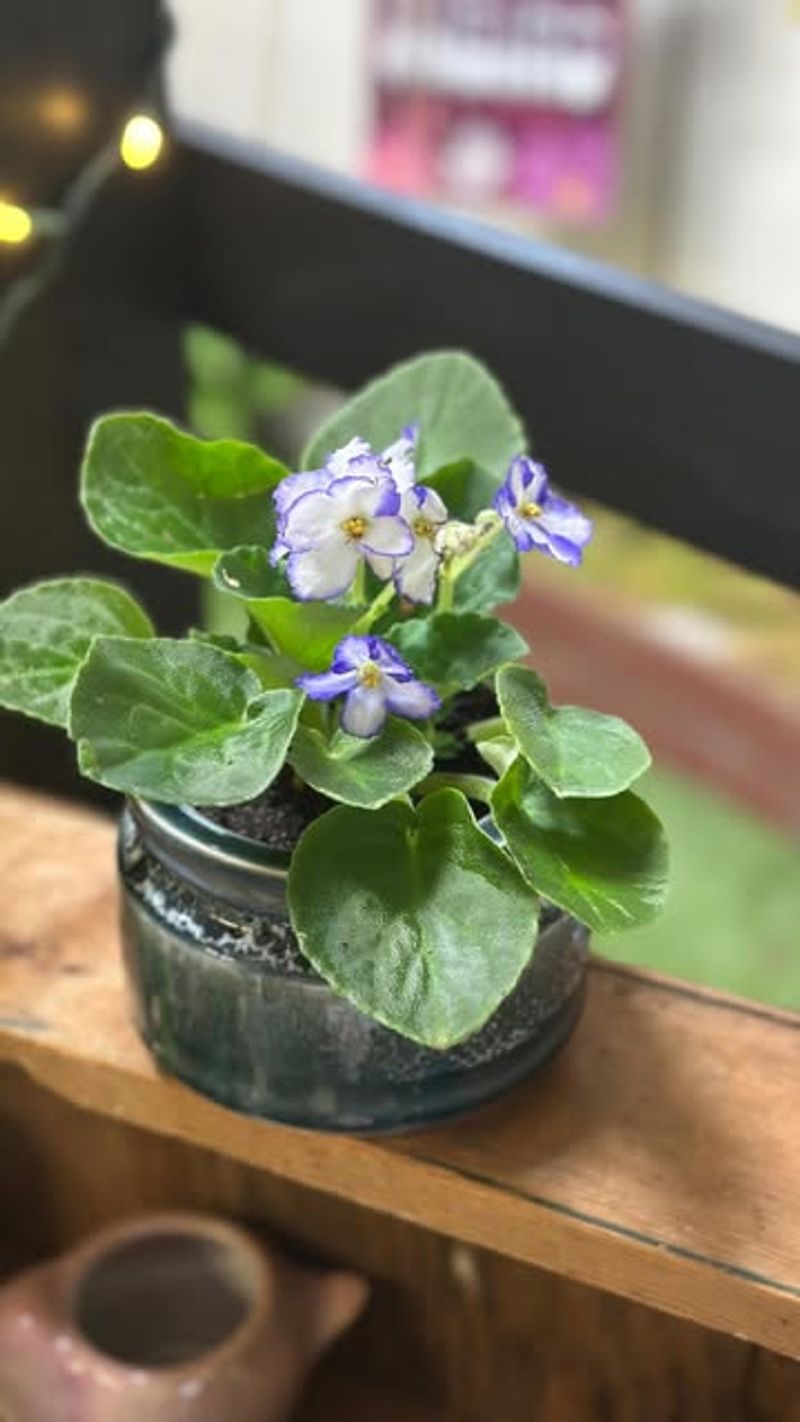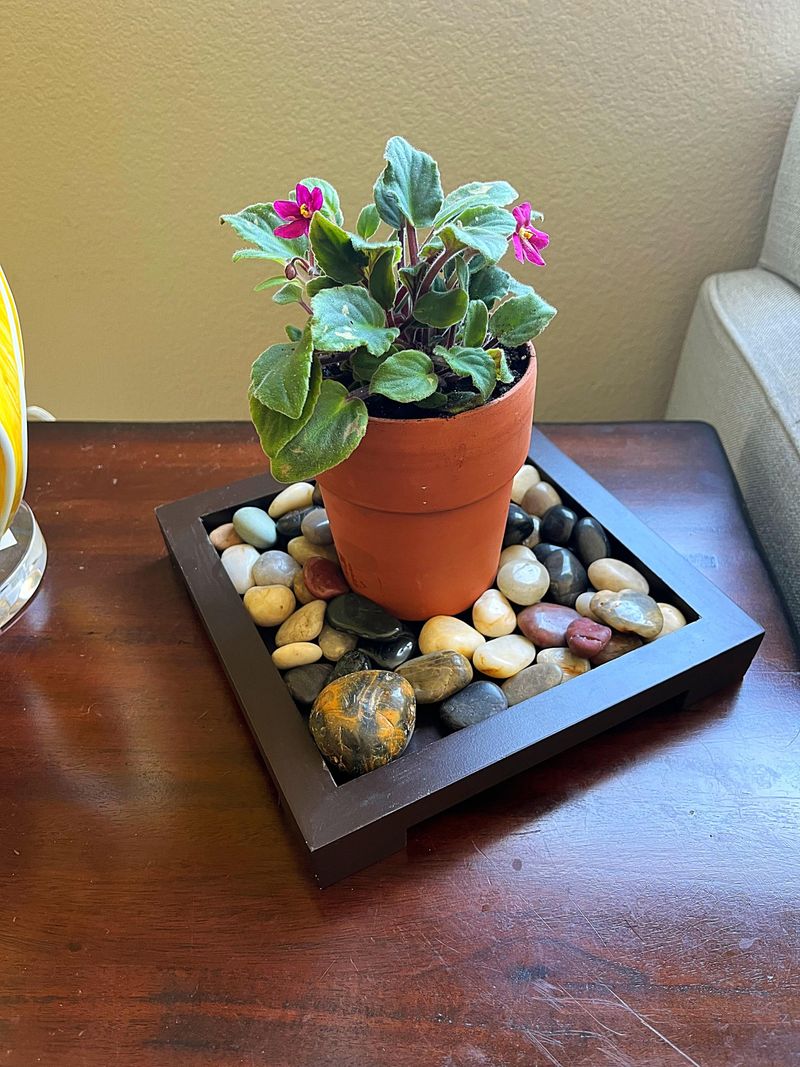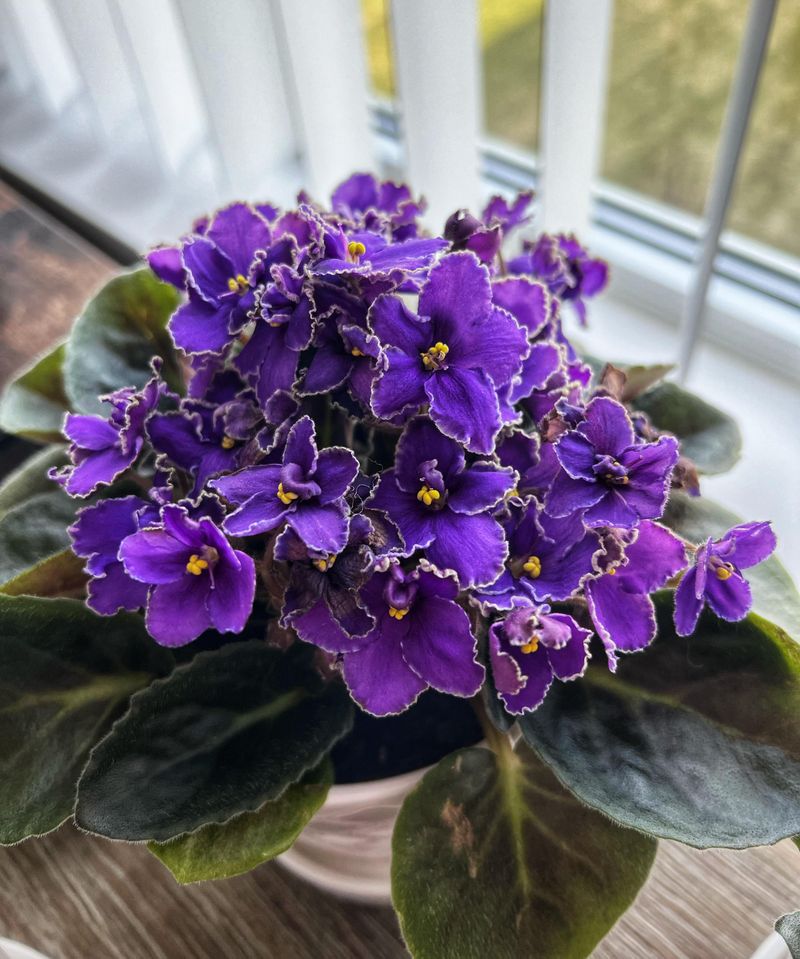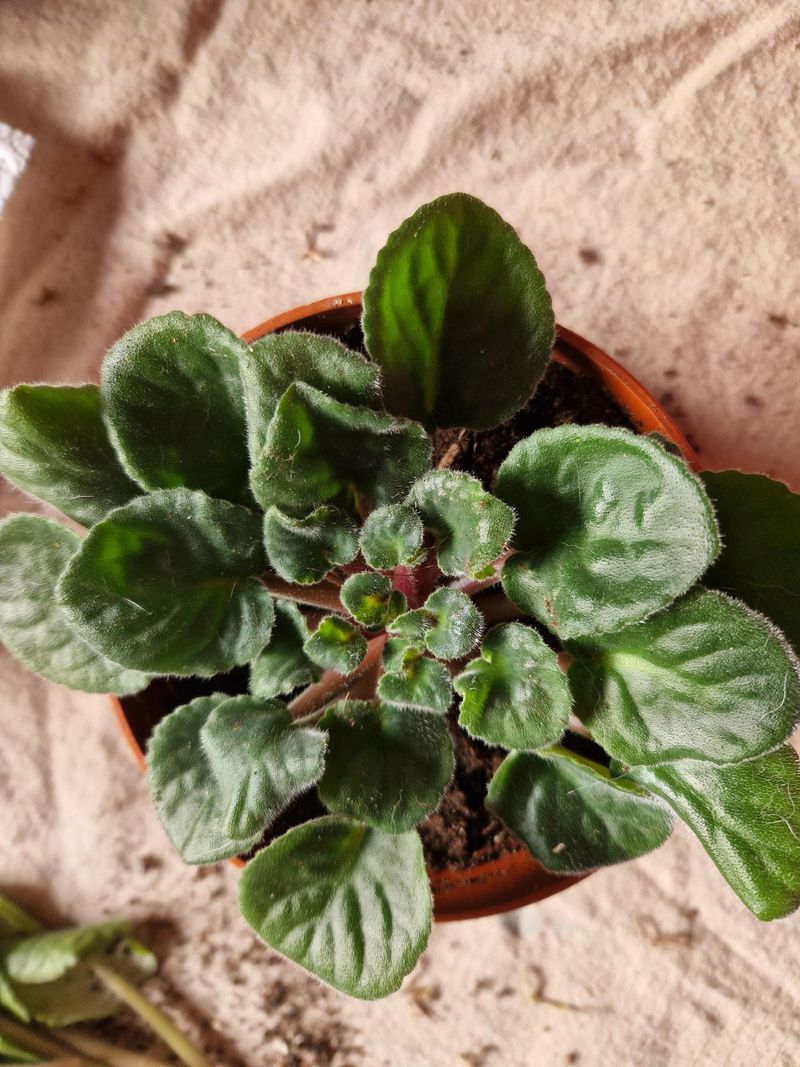Michigan winters can be tough on houseplants, especially delicate African violets that crave warmth and light. When snow blankets the ground and cold winds rattle the windows, these colorful beauties need extra care to keep blooming.
Luckily, Michigan gardeners have mastered some clever tricks to help their African violets stay healthy and vibrant through the darkest months.
1. Find The Perfect Window Spot
Light makes all the difference when winter days grow short and gloomy. African violets love bright, indirect sunlight but can get sunburned if rays hit them too directly.
East or west-facing windows work best during Michigan winters because they provide gentle morning or afternoon light. South-facing windows can work too, but you might need a sheer curtain to filter the intensity.
Watch your plant’s leaves for clues about lighting—dark green leaves mean it needs more light, while pale or yellowish leaves suggest too much exposure.
2. Master The Watering Balance
Overwatering kills more African violets than anything else, especially when Michigan’s indoor heating dries out the air. Bottom watering keeps leaves dry and prevents ugly brown spots from forming.
Set your pot in a saucer of room-temperature water for about 30 minutes, letting roots drink what they need. Then dump out any leftover water to prevent root rot.
Soil should feel slightly moist, like a wrung-out sponge, never soggy or bone-dry. Check every few days by sticking your finger into the top inch of soil.
3. Boost Humidity Levels Indoors
Furnaces blast hot, dry air that makes African violets struggle and drop buds before they even open. Creating a humid microclimate around your plants mimics their natural tropical environment.
Fill a shallow tray with pebbles and add water just below the top of the stones, then set your pots on top. As water evaporates, it creates moisture around the leaves without making them wet.
Grouping several plants together also raises humidity naturally since they release moisture through their leaves throughout the day.
4. Keep Temperatures Consistently Comfortable
African violets are fussy about temperature swings and prefer steady warmth between 65 and 75 degrees Fahrenheit. Cold drafts from windows or doors can shock plants and cause buds to drop instantly.
Move plants away from chilly glass panes on especially frigid Michigan nights when temperatures plummet below zero. Avoid placing them near heating vents where blasts of hot air create stress.
Room temperature water prevents root shock during watering—never use ice-cold tap water straight from the faucet on these sensitive tropicals.
5. Feed With Diluted Fertilizer Monthly
Winter growth slows down, but African violets still need nutrients to produce those cheerful blooms we all love. Use a balanced fertilizer specifically designed for African violets, diluted to half the recommended strength.
Feed once a month during winter rather than every two weeks like you might during summer’s active growing season. Too much fertilizer burns roots and causes crusty white buildup on soil and pot rims.
Flush pots with plain water every few months to wash away accumulated salts that can damage delicate root systems over time.
6. Supplement With Grow Lights
Michigan’s short winter days sometimes don’t provide enough natural light, even in the best window spots. Grow lights bridge the gap beautifully, giving plants the energy they need for continuous blooming.
LED grow lights work perfectly and don’t generate excessive heat that could harm leaves or dry out soil too quickly. Position lights about 12 inches above plants and run them for 12 to 14 hours daily.
Many Michigan gardeners set timers so their violets get consistent light exposure without having to remember switching lights on and off manually each day.
7. Groom And Inspect Regularly
Spent blooms and yellowing leaves drain energy that could fuel new flower production. Pinch off faded flowers at their base using your fingers or small scissors kept clean for plant care.
Remove any damaged or dead leaves promptly to prevent fungal problems that thrive in winter’s stuffy indoor conditions. Dust accumulates on fuzzy leaves, blocking light absorption, so gently brush it away with a soft paintbrush monthly.
Regular inspection helps you catch pests like mealybugs or aphids early before they multiply and spread to other houseplants nearby.
8. Avoid Cold Window Contact
Leaves touching freezing window glass can develop ugly brown spots or even freeze completely during brutal Michigan cold snaps. Even a small gap between foliage and glass makes a huge difference for plant health.
Use small blocks or risers to position pots a few inches away from windows, or rotate plants occasionally so leaves don’t press against the panes. Insulated curtains help too, trapping warm air near plants while blocking icy drafts.
On especially frigid nights when temperatures drop dangerously low, move plants away from windows entirely until morning arrives.

